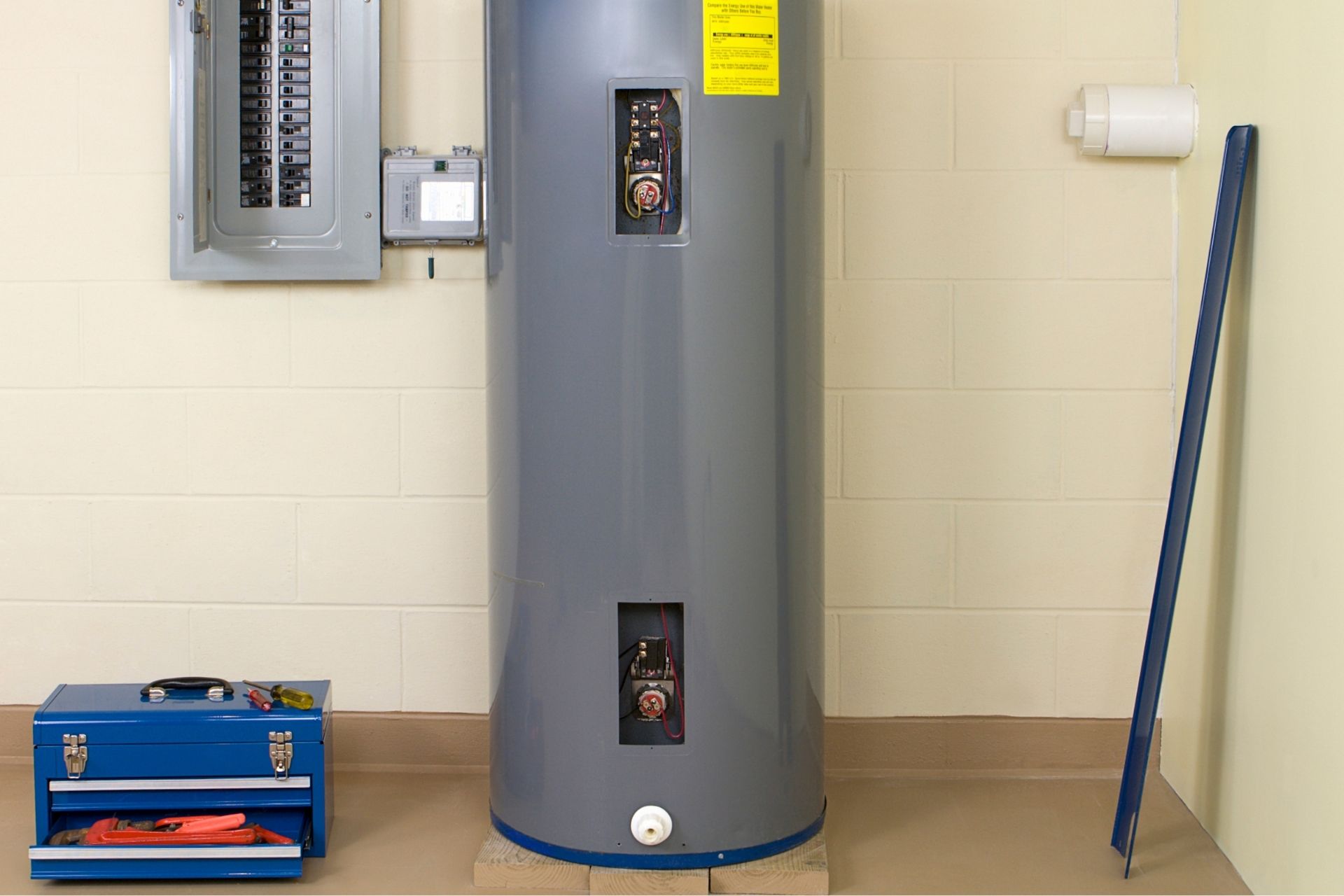Best Practices for Maintaining Your Home's Hot Water SystemMaintaining Your Home's Hot Water System: Important Tips
Best Practices for Maintaining Your Home's Hot Water SystemMaintaining Your Home's Hot Water System: Important Tips
Blog Article
How do you actually feel about Tips on Maintaining a Water Heater?

Hot water is vital for day-to-day comfort, whether it's for a revitalizing shower or cleaning dishes. To ensure your warm water system runs successfully and lasts longer, routine upkeep is vital. This short article supplies sensible tips and insights on just how to keep your home's warm water system to avoid interruptions and expensive fixings.
Introduction
Maintaining your home's hot water system could appear challenging, however with a couple of straightforward steps, you can ensure it operates efficiently for several years to find. This guide covers whatever from comprehending your hot water system to DIY maintenance tips and knowing when to hire professional help.
Importance of Maintaining Your Warm Water System
Normal upkeep not just prolongs the life expectancy of your hot water system but also guarantees it runs successfully. Ignoring maintenance can bring about reduced effectiveness, higher energy costs, and even premature failure of the system.
Indications Your Hot Water System Needs Maintenance
Knowing when your hot water system needs focus can stop major issues. Look out for indicators such as irregular water temperature, strange sounds from the heating unit, or rustic water.
Flushing the Hot Water Heater
Purging your water heater removes debris accumulation, improving performance and extending its life.
Monitoring and Replacing Anode Rods
Anode rods avoid corrosion inside the tank. Inspecting and changing them when worn is important.
Complicated Problems Requiring Professional Aid
Instances include major leaks, electric issues, or if your water heater is consistently underperforming.
Regular Specialist Maintenance Advantages
Professional upkeep can consist of comprehensive examinations, tune-ups, and making certain compliance with safety and security criteria.
Checking and Changing Temperature Setups
Adjusting the temperature level setups makes sure optimal efficiency and security.
DIY Tips for Upkeep
You can do numerous maintenance tasks yourself to maintain your hot water system in leading condition.
Looking for Leaks
Regularly evaluate pipes and links for leakages, as these can lead to water damages and higher costs.
Comprehending Your Warm Water System
Before diving right into maintenance jobs, it's useful to recognize the basic components of your warm water system. Typically, this includes the hot water heater itself, pipes, anode rods, and temperature level controls.
Monthly Maintenance Tasks
Routine month-to-month checks can aid catch minor concerns before they intensify.
Evaluating Stress Relief Valves
Examining the pressure safety valve ensures it operates correctly and stops excessive pressure build-up.
Insulating Pipelines
Shielding hot water pipes lowers heat loss and can conserve power.
When to Call an Expert
While do it yourself maintenance is useful, some concerns require expert expertise.
Final thought
Normal upkeep of your home's hot water system is vital for performance, longevity, and expense financial savings. By following these suggestions and understanding when to look for professional assistance, you can make certain a dependable supply of hot water without unanticipated disturbances.
How to Maintain an Instant Hot Water Heater
Before tinkering with your hot water heater, make sure that it’s not powered on. You also have to turn off the main circuit breaker and shut off the main gas line to prevent accidents. Also turn off the water valves connected to your unit to prevent water from flowing into and out of the appliance. 2. When you’re done, you have to detach the purge valves’ caps. These look like the letter “T” and are situated on either side of the water valves. Doing so will release any pressure that has accumulated inside the valves while at the same time avoid hot water from shooting out and burning your skin. 3. When the purge valves’ caps are removed, you have to connect your hosing lines to the valves. Your unit should have come with three hoses but if it didn’t, you can purchase these things from any hardware or home repair shops. You can also get them from retail stores that sell water heating systems. Read the user’s manual and follow it to complete this task properly. When the hosing lines are connected, open the purge port’s valves. 4. You should never use harsh chemical cleaners or solutions when cleaning your unit. Make use of white vinegar instead. It should be undiluted and you’ll probably use about 2 gallons. 5. Now flush your water heater. This task should probably take about 40 minutes. We can’t give you specific directions for this because the procedure is carried out depending on the type, model and brand of your heater. With that being said, refer to the user’s manual. 6. When you’re done draining the unit, you have to turn off the purge port valves again. Remove the hosing lines that you earlier installed on each of the water valves. Put the valve caps (purge port) back in their respective places and be very careful so as not to damage the rubber discs that are found inside these caps. 7. Now that everything’s back in place, check your user’s manual again to find out how to reactivate your water heating system. 8. Once it is working, turn one of your hot water faucets on just to let air pass through the heater’s water supply pipes. Leave the tap on until water flows smoothly out of it. https://www.orrplumbing.com/blog/2014/september/how-to-maintain-an-instant-hot-water-heater/

I am very eager about How to Maintain a Hot Water Heater in a Few Simple Steps and I hope you enjoyed reading the new post. Do you know about somebody who is excited about Tips For Maintaining Your Hot Water Heater? Take a moment to share it. Thank-you for taking the time to read it.
Details Report this page